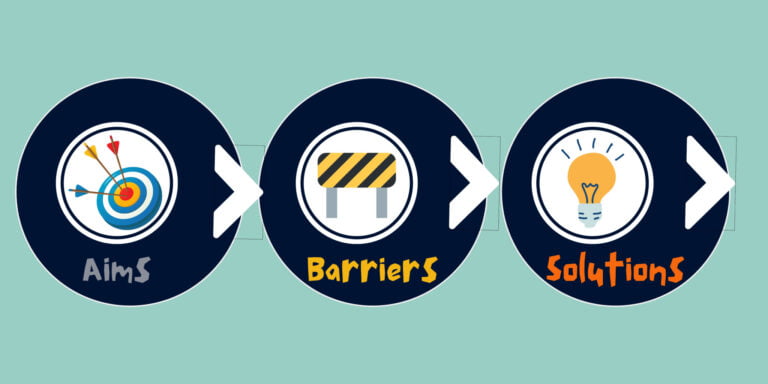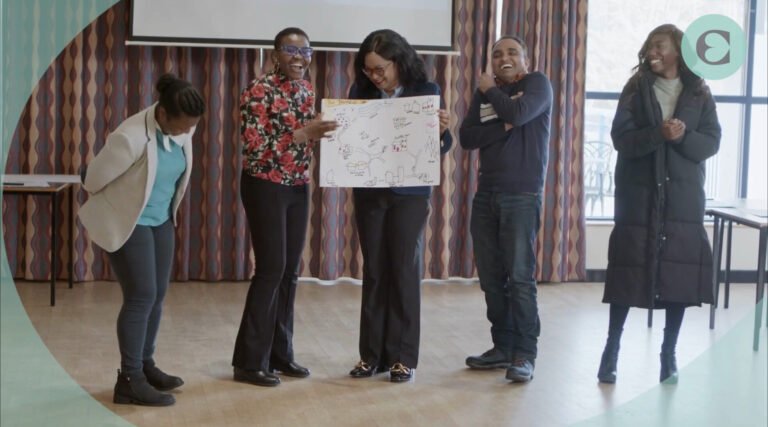I recently wrote about the difficult conversations we are having of late and how to turn these into more productive communication. One such topic, which can be very difficult to talk about, is bullying, harassment, and incivility in the workplace. As with anything, the more we talk about it, the easier it becomes to discuss. So with that in mind…
…Let’s look at and discuss the data first. HR Magazine wrote a bullying and harassment article in 2015 referencing research conducted by Acas (Advisory, Conciliation and Arbitration Service). ‘Acas estimates that workplace bullying costs the UK economy almost £18 billion per year in absence, staff turnover and lost productivity.’ – Seeking better solutions: tackling bullying and ill-treatment in Britain’s workplaces.
This is a shocking amount of money, especially given the state of the economy at the moment: “The UK economy suffered its biggest slump on record between April and June [2020] as coronavirus lockdown measures pushed the country officially into recession.” – BBC News article.
Whilst workplace bullying and harassment carries a hefty price-tag, it’s nothing compared to the human cost, as Acas explains: ‘Research has found that people bullied at work can experience a range of psychological and physical health problems, often affecting their relationships with family and friends, and for some, resulting in post-traumatic stress disorders.’
Witnessing bullying behaviours also carries a cost. Acas’ research indicates that, ‘those who witness bullying and its impacts may be equally affected.’
What’s most upsetting though, is the severity workplace bullying can cause: ‘In more extreme cases, helpline advisers reported that callers had related how workplace bullying led to them self-harming or contemplating suicide.’
And frighteningly, research suggests that the numbers are rising.
So how many people are experiencing it? Well the Trade Union Congress (TUC) conducted some research in this area in 2015. A poll carried out by YouGov for the TUC revealed ‘nearly a third of people (29%) have been bullied at work‘. It’s important to note that the sample size was relatively small at 1,738 adults, so more research is needed to see if this is representative across the UK workforce. Whatever the number though, we can all agree it’s too many and the price too high.
Whilst the majority of organisations have dozens of policies, including on the topic of bullying and harassment, the problem with these documents is that they’re not often revisited. That’s why it’s important to have regular training, so that we can identify problematic behaviours when they occur, have a practised response for dealing with them and nip them in the bud.
I remember the first time I witnessed bullying in the workplace environment. Years ago, a manager started shouting at a staff-member, in the middle of an open plan office. The manager wanted to see a piece of work, but her employee had prioritised a separate report, for valid reasons. Regardless of the context, how the manager behaved was totally inappropriate. It was reminiscent of a parent losing their temper and full on screaming at their daughter.
It. Was. Truly…. Awful. I exchanged looks with nearby colleagues. I looked to older colleagues (I was in my twenties at the time), begging them silently to do something – to challenge the manager’s behaviour. However everyone just looked shocked and equally unsure what to do.
I considered interrupting the exchange, but wasn’t sure if this would make it worse? I was worried about the volatility of the manager… that she would find my interrupting her, unprofessional (!) and perhaps turn on me. Her anger was frightening. In moments like this, your thoughts race and it’s hard to know what to do in the moment.
The staff member looked deeply upset and uncomfortable during the rant. Embarrassment and shame flooded her face and you could see her willing the tirade to be over; much like we all were. Her chagrin (unjust at that) was awful to witness. As soon as the manager walked away, I emailed my colleague and asked how they were, stating how inappropriate the manager had been. She was grateful for my email. She said the relationship had been deteriorating, but she didn’t know why. She seemed resigned to that type of ‘communication’ from her boss and that she’d have to suffer through it. She felt her only other option was to perhaps look for another job.
We spoke again, in person, the next day. A few colleagues had emailed her, which was nice, but it seemed no-one had spoken to the manager or reported it. I was shocked. Evidently the bystander effect was at play. The University of Portsmouth Research Portal explains that ‘diffusion of responsibility; audience inhibition and social influence’, are key factors which play into bystander reticence.
I’m a fairly passionate person; motivated strongly by ethics and I can’t bear injustice or unkindness. The incident kept replaying in my mind and I felt frustrated at the outcome. I was deeply upset for my colleague, so finally made an appointment with the department head to speak about the matter.
It was a deeply uncomfortable conversation! I was nervous. I felt ‘inappropriate’, almost ‘wrong’ commenting on the behaviour of a more senior member of staff. I thought, ‘who am I, a more junior member of staff, to say a manager had behaved unacceptably?
You expect your managers to be professional, more knowledgeable, and to be ‘right’. So it was hard to stand up and say that something was amiss. That someone had been verbally abused. Bullied. These words carry weight. I had moments of doubt. Did I perceive it wrongly? Would the manager get in ‘too’ much trouble: a disciplinary note on their file? Thoughts whizzed through my head, right up to and during the meeting.
Whilst the organisation was a great place to work – professional and liberal, I also worried that reporting it might affect my job; that I might be seen as someone ‘making waves’ and my fixed term contract not extended.
The polarity of my thoughts was ridiculous. It’s because it was a new, uncomfortable and stressful experience for me. And one I had no experience in, so didn’t know how to navigate.
I am so thankful that I stood up and said something. We’ve all had moments where we haven’t spoken up and regret it later. It can haunt you. It was the right thing to do for my colleague and they were grateful when I told them afterwards.
Experiencing bullying makes you vulnerable. It can leave indelible scars, if forced to face it alone. Active support and empathy from colleagues can increase a person’s self-efficacy and result in positive change within an organisation.
It was also a key learning moment for me. Whilst uncomfortable at the time, I feel that if I saw inappropriate behaviour like this again, I would address and challenge it more quickly; with less insecurity and more confidence.
That’s why bullying and harassment policies aren’t enough. Organisations need to have regular and experiential training on these issues. You need to:
- practise establishing what constitutes bullying, harassment & incivility behaviour.
- practise understanding the grey line between banter and bullying.
- practise inner reflection, making sure you’re aware of your own behaviours and how they might be perceived.
- practise challenging bullying, harassment or incivility, as this can be difficult to do.
In Enact Solutions’ Bullying, Harassment and Incivility Workshop, participants get to experience these inappropriate behaviours through fictional characters, in a realistic but safe environment. They see the impact bullying, harassment or incivility has on characters, through filmed and live interactive content. Crucially they get to practise working together to challenge negative behaviours.
In essence, it’s about changing the culture to create a more collaborative and supportive environment, which in turn makes a healthier, happier and more productive workplace environment. And who doesn’t want that?
Thanks for reading.
Jemma Houghton
Jemma Houghton is one of our Associates at Enact Solutions. She works in a range of areas including research, writing, filming and workshop consultancy.



